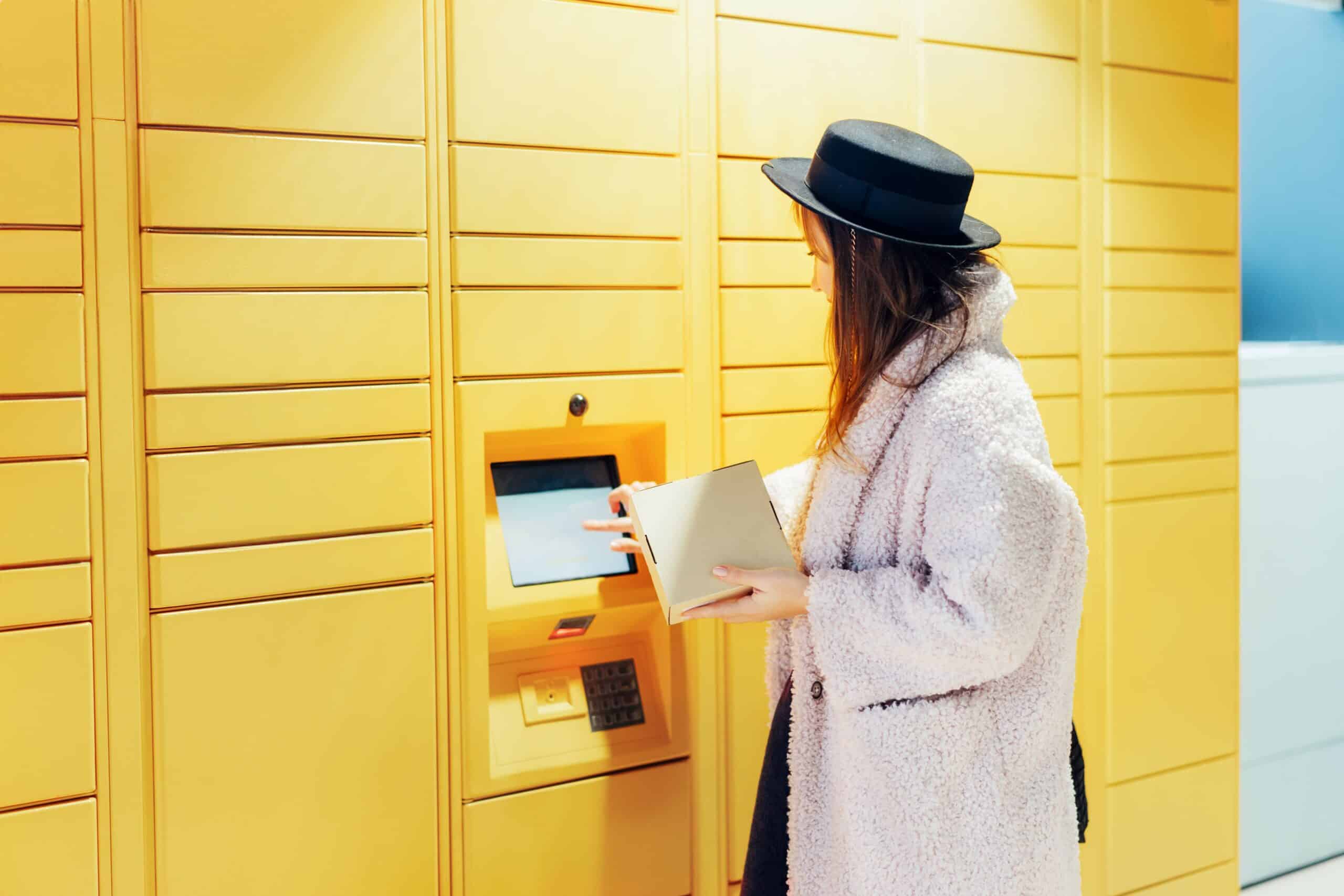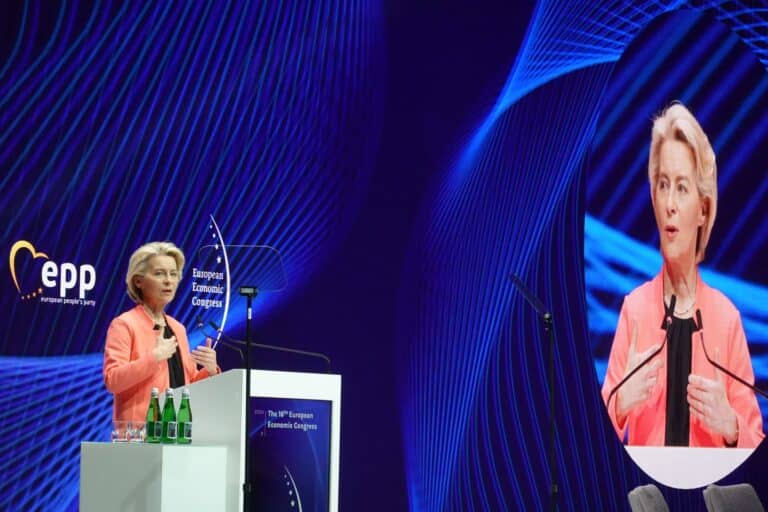E-commerce boosts Polish parcel locker market
Colliers’ latest report – “Parcel Lockers 2.0: Development, Innovation, Future “- shows the number of parcel lockers in Poland reaching 38,000 and expected to reach 45,000 by the end of 2024. Although its market share has decreased in the last two years, InPost is still the market leader.
According to ‘Parcel Lockers 2.0,’ a report published by Colliers on February 1, the number of parcel lockers in Poland has doubled and the market is still on an upward trend. The most important factors behind this are growth in the volume of e-commerce and customers’ demand for innovative solutions. It is estimated that the number of parcel lockers in Poland will reach 45,000 by December 2024.
Of 2,777 municipalities in Poland, only 17 do not have parcel lockers and the largest number of machines, with 19 units per 100 km², is concentrated in the south of Poland, especially in Krakow, where the first machine was installed in 2009, and Katowice. In the north of Poland, there are eight machines per 100 km². There are 14 machines per 10,000 inhabitants in urban areas, compared to six in rural areas.
The company with the largest share of the market for parcel machines in Poland was InPost with 57% of the “Paczkomat” service. Although InPost, whose market share was 92% in December 2021, experienced a decline, it still maintains its leadership. DPD is in second place with 16%, followed by Orlen with 11%, Allegro 9%, DHL 7% and Pocztex with about 1%.
The survey, conducted in December and January with 500 participants, on consumer behavior and preferences, looked at the position of service providers in the market and market potential. 64% of respondents live in the Mazowieckie Voivodeship and 64% live in a city with more than 500,000 inhabitants. 99.5% of respondents said they use parcel lockers and 92% said that they have access to a machine near their home. 89% of respondents said they had never been directed to a locker other than the one they preferred.
“Paczkomat” is the best known name with 99.8% recognition. 83% of respondents said they knew Allegro, 75% of respondents knew Orlen and 68% DPD. The least known parcel service provider on the Polish market was AliExpress with 34%. In terms of frequency of use, “Paczkomat” is the clear leader, with 97% of respondents saying they use it regularly.
Among parcel collection methods, participants prefer using parcel lockers. 39% prefer parcel lockers only after a retailer has offered it to them, while 96% of respondents said the reason they preferred this method was that they could pick up their parcels at any time of the day. In addition, 64% of respondents said they preferred parcel lockers because they are faster than standard courier services. 56% prefer it because of the location of the machines. Courier drop-off locations were the least preferred method at 53%. Nearly 70% of respondents said they do not or rarely use traditional courier services.
The type of package also influenced customer preferences. The most common items ordered for pick-up at parcel lockers are clothing and shoes (87%) and books (80%). In addition, 41% of respondents are not willing to receive groceries from parcel lockers. 34% said that they do not prefer this method of ordering furniture.
Looking to the future of the industry, service providers are looking to reduce the carbon footprint of their operations despite increasing demand. InPost continues to build “Paczkomat,” which uses photovoltaic panels. Allegro has begun work on powering its One Box parcel machines with renewable energy and installing air quality sensors. DPD said it aims to install machines without a screen and with an internal battery. All service providers are aiming to equip their delivery fleets with electric vehicles.
58% of the respondents identified themselves as women and 42% as men. 74% of the participants were university graduates and 72% were employed.







